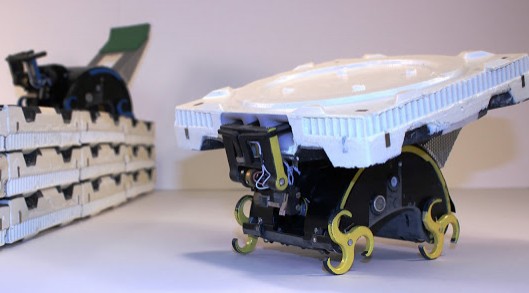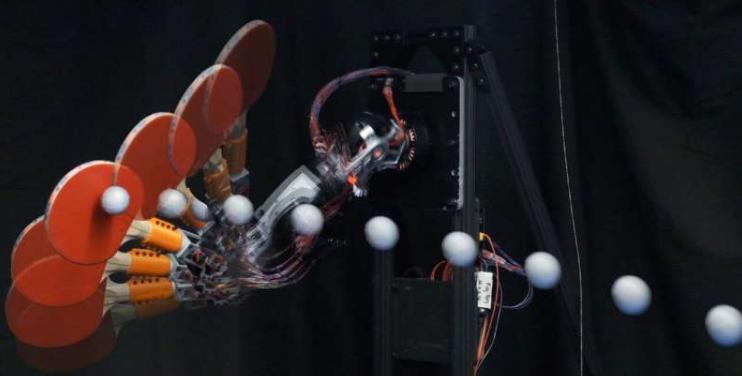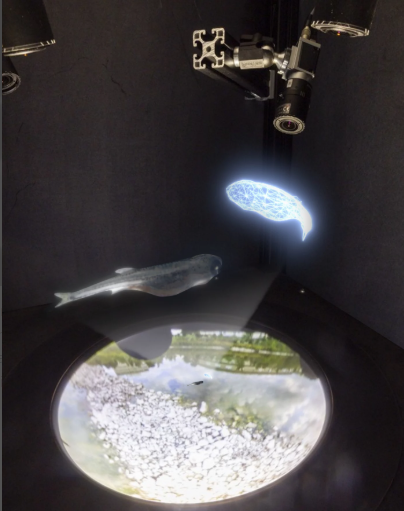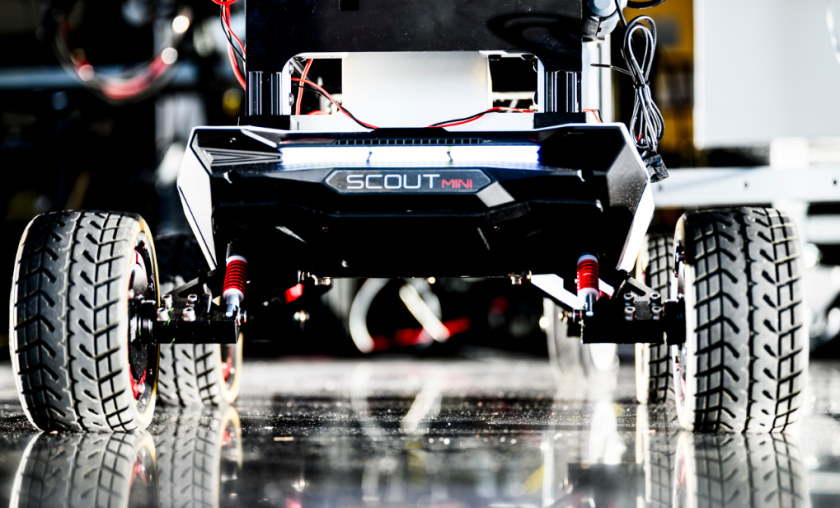Inspired from termites, which are usually known for causing damages to the buildings, researchers from Harvard University have created a crew of tiny robots that are designed to work autonomously. The bio-inspired robots termed as TERMES can work without any central supervision and can carry bricks to construct structures as towers, castles and pyramids.
The tiny TERMES, measures 175 mm (6.8 in) in length with a width of 110 mm (4.3 in) and a height of 100 mm (4 in) and is specifically designed to work in alliance with other similar units for construction work. The behavior of each unit of the robot in a crew (similar to termites in its colonies) is under supervision of 10 sensors and three actuators, which enable them to sense the presence of another robot or a brick in its path. Termites in their natural habitat are known for constructing mega structures which are about hundreds of times their size, following cues and guidance provided by other members of the colony and the environment and completely independent of any instruction or definite role given by the queen of the colony.
The Harvard School of Engineering and the Wyss Institute for Biologically Inspired Engineering and Applied Sciences, used bricks made of foam, in their experiment to demonstrate the constructional ability of these TERMES robots. Each member of the TERMES crew, equipped with a motorized arm and gripper system was placing the brick in the required position and was thus contributing in the construction of large structure as defined by the user using a building algorithm. The four whegs, which is actually a blend of a wheel and a leg, provided robots with seamless movement even on uneven surfaces of the bricks or any other terrain and construct structures on a large scale.
TERMES system for constructing larger structures are not dependent on any architectural plan, rather they are dependent on programming. The units work on a system of self-organization called as stigmergy, which synchronizes actions in a group. In the stigmergy concept, each TERMES reacts as per the changes in its surrounding and carry out the construction accordingly.
Each unit of robot, unaware of what others are doing at the same time, perform its task in accordance with others. If in case any robot suffers any fault and stop working, it does not disturb other members and the work continues. This also implies that the given set of direction can be performed by a few or by a large number of robots.
Though TERMES is in its early stages, however the technology has a bright future in the robotics world. These robots can be used in various industries such as construction and defense. These can also play a vital role during flood in laying sand bags in areas where humans may face difficulty or may be not safe to go. One day, they may also be deported to other planets like Mars for the construction purposes. And in the future the construction work will get completely automated.




